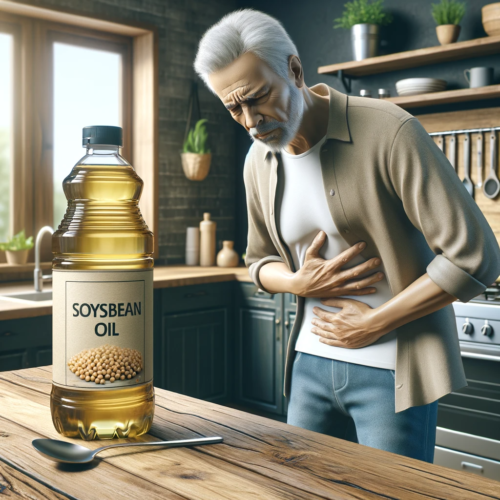Why Spending Time Outdoors is Important
As the weather gets warmer and daylight hours extend, many of us look forward to spending more time outdoors. And why not? It’s fairly common knowledge that being outside is good for us but what exactly are those benefits and how do they work? This article summarizes the positive health effects of spending time outdoors and why it should be a priority.
You may have heard of ‘nature deficit disorder‘, a term coined by journalist Richard Louv in 2005. Although not an official diagnosis, the phrase is gaining popularity as something that many face today. Modern lifestyles and technology often keeps us indoors or sedentary for longer than is good for our bodies and minds. Taking time in nature can counteract the detrimental effects of physical inactivity and staring at a screen, and unlock a wealth of other advantages that are easily and quickly accessible.
The Science of Stepping Out: Uncovering the Benefits of Outdoor Activities
A Physical Activity Surge
Being out doors helps keep our bodies moving. Statistics Canada insights reveal that each hour spent in nature significantly enhances our physical activity levels. Specifically, an hour outside is associated with seven more minutes of vigorous activity, an extra 762 steps taken, and a reduction in sedentary behaviour by13 minutes.
Blood Pressure and Cardiovascular Health:
Nature’s serene settings offer more than just visual appeal; they are instrumental in promoting cardiovascular health. Research shows a strong correlation between time spent in nature and a decrease in blood pressure, compared to urban settings. This phenomenon was even observed in those spending as little as 30 minutes outdoors.
Breathing Easy - the Air Quality Advantage:
Our indoor environments often fall short in providing optimal air quality. The comparison between indoor and outdoor air underscores a critical advantage of spending time outside. When we are outdoors, we expose ourselves to cleaner air, mitigating the risks associated with indoor pollutants—another testament to the health benefits of spending time outside
Mood Boosting:
There is extensive research documenting the positive psychological effects associated with spending time in forests and natural landscapes. Some of the benefits documented include reduced mental fatigue, irritability, and stress. Forest bathing and forest therapy are also gaining popularity as awareness of their associated health benefits, continue to grow.
Cultivating Social Bonds:
The great outdoors naturally fosters social interaction and community building. This dynamic not only combats loneliness but also enhances our overall social well-being, showcasing another facet of the benefits of outdoor activities.
Nature’s Pharmacy Strengthening Immune Function:
The forest air, rich with phytoncides from trees and soil, acts as a natural booster for our immune system. A study in Japan highlighted a significant increase in Natural Killer (NK) cell activity following forest visits, underlining the long-lasting immune benefits of outdoor activities.
The Antidote to Stress:
Increasing our exposure to the outdoors has been shown to reduce cortisol (also known as the stress hormone), directly impacting our body’s stress levels. Being in nature offers a natural remedy to the pressures of modern life by positively affecting our sympathetic (fight or flight) and para-sympathetic (rest and digest) nervous systems, enabling us to feel less stressed and more rested This connection between nature exposure and reduced stress and anxiety levels speaks volumes about the calming benefits of outdoor activities.
Practical Tips Sidebar: Integrating the Benefits of Outdoor Activities into Daily Life
Incorporate Walking Meetings: Blend productivity with physical activity by taking meetings outdoors.
Outdoor Fitness: Transform your fitness routine by exploring outdoor workouts, such as park yoga or neighborhood jogging. Check out the municipal resources – in 2023, the City of Hamilton provided free fitness sessions over the summer.
Family Outdoor Time: Schedule regular outdoor activities with loved ones, fostering health and connections through shared experiences.
Choose Green Commutes: Bike or walk to work if possible. If that’s not an option, try incorporating a partial walk whether it’s to/from the parking lot, train, or bus station, so you gain some benefits of the outdoors daily.
Conclusion: Embracing the Benefits of Outdoor Activities
Embracing the outdoors goes beyond enjoying its natural beauty – it’s a call to enhance our health and well-being by taking advantage of the physical and mental benefits that being outside provides.
Start today – take a moment to step outside, go for a walk, or plan your next outdoor adventure. Even small changes can lead to significant improvements in your health over time. And if you need some guidance, the Alliance Chiropractic & Wellness team is here to help. Contact us if you have any questions regarding this article or any other health or wellness concern.
Original source can be found from here.










